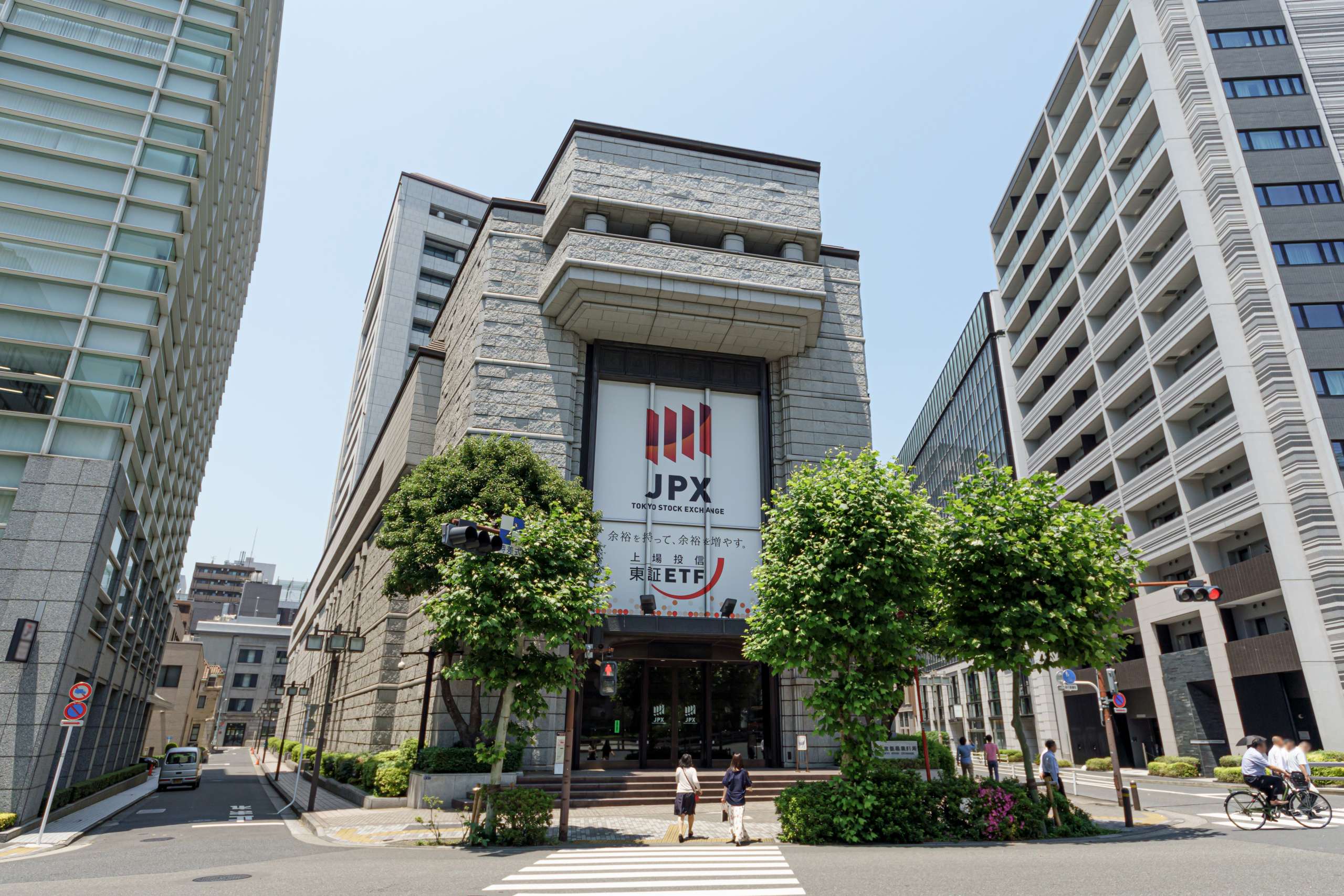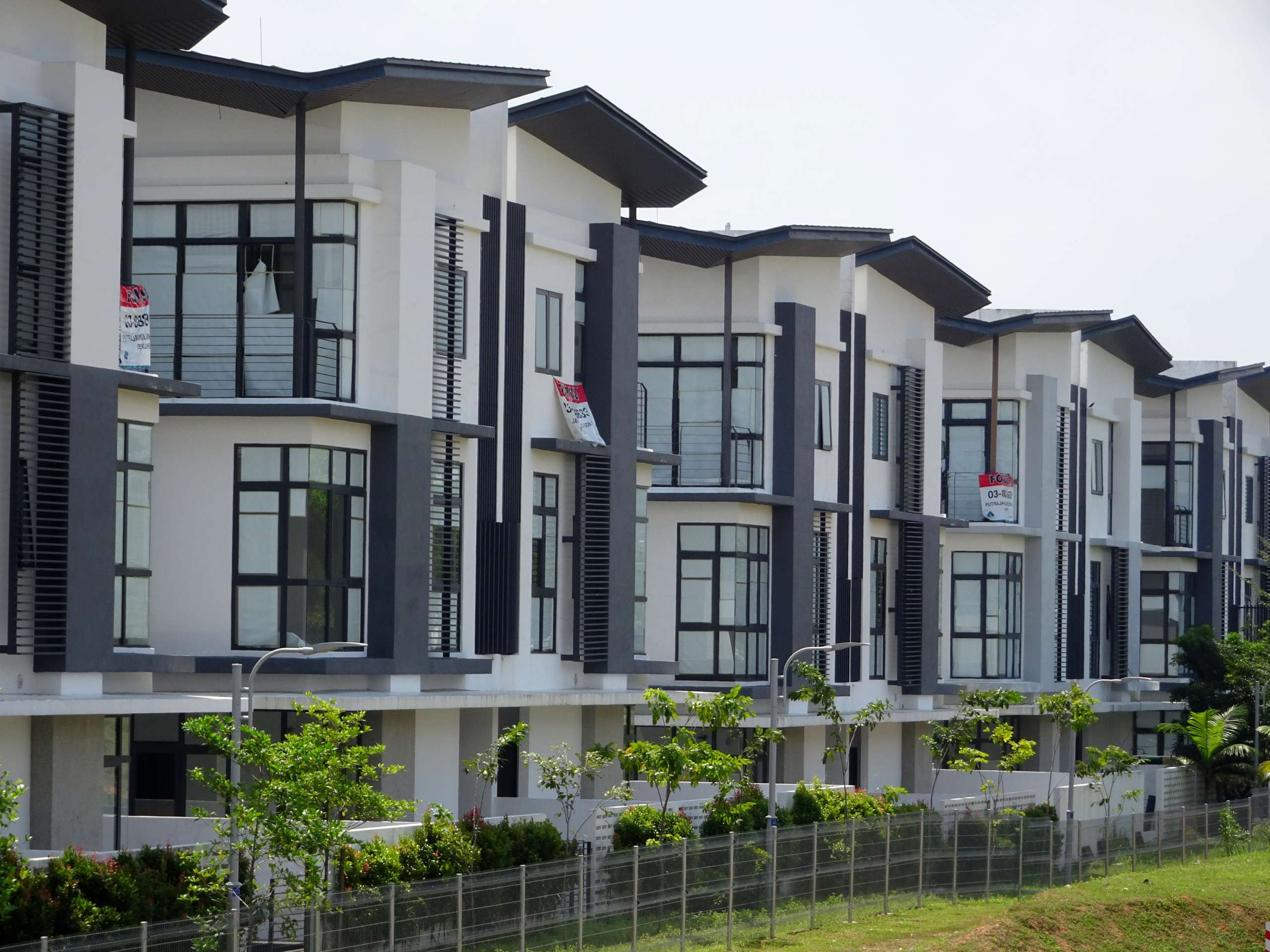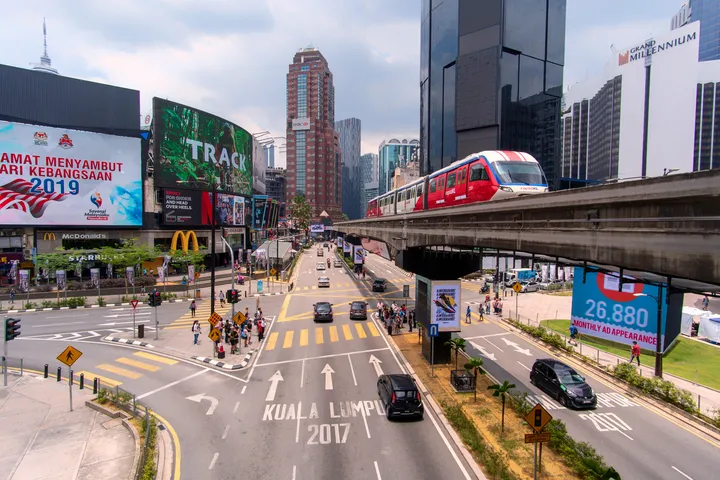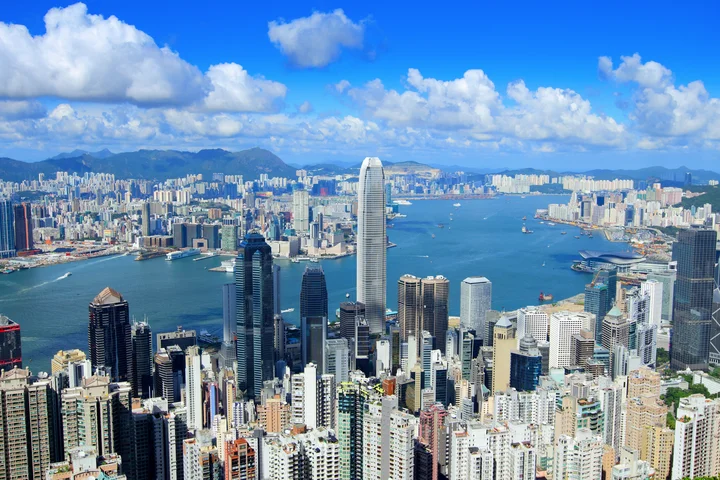Newsletter
Keep yourself update with our current news for Juwai IQI

Japan Real Estate Outlook 2026: A Resurgent Market Gaining Global Investor Interest
Written by Dave Platter, Global PR DirectorJapan’s property market has undergone a remarkable transformation over the past decade, shifting from years of stagnation to becoming one of Asia’s most appealing investment destinations. As highlighted by Juwai IQI Group CEO Kashif Ansari, Japan’s rebound is supported by a stable economy, low interest rates, major urban redevelopment and a booming tourism sector. Residential land prices in key cities such as Tokyo and Osaka have been rising steadily since 2015. Foreign demand has also surged, especially from Greater China, Singapore and Western buyers, who are purchasing second homes, rental units and hospitality assets. In 2024 alone, foreign investors poured nearly ¥740 billion (USD 5 billion) into Japanese residential real estate, driven by affordability, stability and stronger yields.Investor appetite is expected to strengthen into 2026. Japan remains uniquely attractive due tofinancing costs that stay far below global norms, even with possible future rate adjustments. The Chinese yuan’s more than 10 percent appreciation against the yen has further boosted purchasing power, while Japanese residential assets offer rental yields around 4 percent, significantly higher than Singapore or Hong Kong.Despite rising demand, new Tokyo condos remain roughly 80 percent the cost of similar units in China’s tier-one cities, reinforcing Japan’s value proposition. Although political discussions on foreign ownership are emerging, any restrictions are expected to remain limited, as Japan continues to rely on foreign investment to revitalise regional markets and support tourism. With strong domestic demand and high-quality urban living, Japan’s property market is positioned for continued momentum heading into 2026.Discover more here:Download Now!
9 December

The New Frontier of Global Wealth & Lifestyle Investments – 2026 Outlook
Written by Taco Heidinga, Global Real Estate Strategist Juwai IQI & Founder, Homes in Asia As global citizens, we no longer chase only financial returns, we seek lifestyle, security, and global optionality. The world is shifting, and with it, the definition of a “safe” or “smart” investment. In 2025, three powerful trends define where capital is moving next:1. Southeast Asia: The Growth Engine of the Next Decade Why it matters: ASEAN economies are growing faster than any other region, with GDP expansion of 4.5–5.5% projected annually. Top picks: Bali, Indonesia – Tourism recovery + limited land supply = double-digit ROI on lifestyle property. New PMA ownership structures make it investor-friendly. Malaysia – Political stability, foreign-ownership rights, and the Malaysia My Second Home (MM2H) program make Kuala Lumpur and Penang attractive for long-term investors. Thailand – Phuket and Bangkok continue to see strong rental yields (6–10%) and luxury demand from Europe and China. 2. Europe’s Lifestyle Hubs: Value Meets Stability Why it matters: While yields are lower, European real estate offers currency stability and lifestyle diversification. Top picks: Greece – Still undervalued relative to Western Europe. The Golden Visa returns in new form, making Athens and Crete key hotspots. Portugal & Spain – Ideal for remote-work investors and digital nomads. Short-term rental demand remains high post-visa reforms. 3. The Middle East: The Global Wealth Magnet Why it matters: The Gulf is transforming into a global capital hub, attracting entrepreneurs, investors, and family offices. Top picks: Dubai – Tax-free, safe, and cosmopolitan. Real estate remains a hedge against inflation and global volatility. Riyadh & NEOM, Saudi Arabia – Once closed, now wide open. Massive infrastructure projects and reform are redefining the region’s investment horizon. For more countries updates:Download Now!
9 December

Malaysia Housing Outlook 2026: Build-Then-Sell Model Reshaping Buyer Confidence
Written by Muhazrol Muhamad GVP, Head of Bumiputra SegmentMalaysia is moving toward a safer and more buyer-focused property landscape through the Build Then Sell (BTS) 10:90 model, marking a major evolution from the traditional Sell-Then-Build structure. Driven by the Ministry of Housing and Local Government, the BTS 10:90 system requires buyers to pay only a 10 percent deposit upon signing the Sale and Purchase Agreement, while the remaining 90 percent is paid only after full completion, issuance of the Certificate of Completion and Compliance and formal delivery of Vacant Possession. This approach shifts construction and financing responsibilities back to developers and significantly reduces buyer exposure to project delays or failures.Importantly, the government has confirmed the policy will not be mandatory, ensuring that small and mid-sized developers are not pushed out of the market. To encourage voluntary adoption, the government is preparing a suite of incentives, building on existing benefits such as fast-tracked planning approvals and exemption from the 3 percent Housing Development Account deposit. New incentives will be detai miled under the 13th Malaysia Plan and the 2026 Budget. The BTS model enhances homebuyer protection by drastically reducing the risk of “sick” or abandoned projects, while also promoting higher construction quality since developers receive the bulk of payment only after delivering a fully compliant product. With the national goal of achieving zero sick and abandoned projects by 2030, this voluntary BTS framework has the potential to redefine buyer confidence and elevate Malaysia’s housing delivery standards for the long term.Discover more here:Download Now!
9 December

Malaysia Industrial Outlook 2025: Automotive Growth Fuels New Hotspots
Written by Irhamy Ahmad, Founder and Managing Director of Irhamy Valuers International Malaysia’s industrial property market is accelerating as the automotive sector expands through rising domestic production and substantial foreign investment. Selangor remains the country’s most established hub due to its strategic access to Port Klang, while large-scale industrial growth is taking shape in Perak’s Automotive High-Technology Valley (AHTV). Recent market data demonstrates this momentum clearly. Shah Alam industrial land now averages RM451 per square foot, with premium zones such as Shah Alam Technology Park reaching RM537 per square foot and recording more than 16 percent annual appreciation. Figure 1: Malaysia’s Key Automotive Manufacturing HubsAt the same time, Tanjung Malim is emerging as a fast-rising greenfield market, offering prices between RM15 and RM55 per square foot as investor demand increases. The National Industry Master Plan 2030 has further intensified this growth, with new entrants strengthening Malaysia’s position as an automotive hub. BYD has confirmed a major CKD plant in Tanjung Malim, and both MG and Wuling are also beginning local assembly operations. This investment wave is creating a clear structural trend. Mature industrial hubs maintain high premiums due to logistics advantages and limited land, while emerging regions like AHTV are gaining value from scalability and long-term development potential. Together, these forces highlight how automotive momentum is directly translating into significant capital appreciation in Malaysia’s industrial land market. Discover more here:Download
8 December

From QT to QE – We Are Heading for Lower Rates to Spur Growth
Written by Shan Saeed, IQI Chief EconomistCentral banks have got the limelight again. Since 2008, global central banks have taken sole responsibility in delivering economic outcomes, not out of choice but nobody else is taking the responsibility. Global Broad Money Supply (2000–Q3 2025).Global broad money supply* rose to $142 trillion in September 2025, up from$26 trillion in 2000, reflecting a robust compound annual growth rate (CAGR) of 7.0%. Growth accelerated notably in 2025, increasing 9.1% year-to-date and 6.7% year-on-year in September, significantly boosted by the U.S. dollar’s 9.9% depreciation. China accounted for the largest share at $47.1 trillion (33.1%), followed by the European Union ($22.3 trillion, 15.7%), the United States ($22.2 trillion, 15.6%), Japan ($11.0 trillion, 7.7%), and the United Kingdom ($5.0 trillion, 3.5%), together comprising three-quarters of global liquidity. Between February 2020 and February 2022, money supply jumped 25%, before leveling off around $125 trillion through 2022 and 2023. From 2021 to 2024, growth slowed to a muted 1.4% CAGR, pulling the 2019–2024 rate down to 5.3%, below the long-term trend. Data covers 169 countries and territories, representing 99% of global GDP. All figures are converted to U.S. dollars. 1970 ERA IS BACK IN STYLE. TANGIBLE ASSETS ARE IN VOGUE. Bank of America analysts reiterated their "long gold" recommendation, predicting that gold prices will peak at $6,000 per ounce by mid-2026.Meanwhile, Wall Street has been raising its gold price targets. Goldman Sachs expects gold prices to reach $4,900 per troy ounce by the end of next year, up from its previous forecast of $4,300. JPMorgan analysts said gold prices could reach $6,000 per ounce by 2029.CHINESE INVESTORS ARE HEADING FOR DUBAI. According to the Financial Times, Chinese investors are heading for Dubai. Discover more here:Download
8 December

Global Strategy Outlook 2025–2026: Stabilisation, AI and the Road Ahead
Written by Hamid R. Azarmi, Head of Business DevelopmentAs 2025 comes to an end, the global economy shows signs of stabilisation with the IMF projecting 2.8 percent global growth, reflecting easing inflation and the possibility of interest rate cuts in 2026.While growth has not fully returned to pre-pandemic levels, markets have benefited from policy consistency and improving macroeconomic conditions. Investors have repositioned portfolios by moving toward higher-quality assets, extending fixed income duration, and focusing on resilient sectors, including infrastructure, energy transition, and income-generating alternatives.Structural challenges remain, such as elevated government debt and widening geopolitical tensions, but the overall environment has shifted toward cautious confidence. A defining theme of 2025 has been the rapid rise of artificial intelligence as a transformative force in global markets. Nvidia becoming the world’s most valuable public company highlights the extraordinary surge in demand for AI infrastructure, with data centre revenues expanding by more than 400 percent in some quarters.Yet investors must remain vigilant amid geopolitical uncertainty and climate-related risks. Those who embrace technology, strategic diversification, and long-term planning will be best positioned to navigate a slower but more opportunity-rich global landscape. Discover more here:Download
8 December

Hong Kong Property Outlook 2025: Stabilising Momentum and Renewed Activity
Written by Nelson Li, Head of IQI Hong Kong Hong Kong’s office sector recorded a positive shift, achieving 143,700 sq ft of net absorption, largely driven by increased leasing activity from banks and multinational firms. The overall office vacancy rate dipped to 13.4%, with Central improving to 11.0% and Wanchai/Causeway Bay easing to 12.0%. Rents slipped marginally by 0.1% month-on-month, though early stabilisation signs appeared in select prime buildings. A notable transaction saw a whole floor in COSCO Tower sold for HKD 220 million, the lowest price recorded there since 2010, reflecting the market’s adjustment phase. Overall, it signalled gradual stabilisation as corporate tenants continued consolidating and upgrading workspace. In the residential sector, momentum strengthened as primary market transactions rose 10.8% m-o-m to 1,974 units, while secondary sales climbed to 3,669 units, lifting total activity by 6.7%. Mass residential capital values increased by 0.6%, reversing August’s decline. Lower financing pressure helped support sentiment as the one-month HIBOR reached 3.6% and banks reduced prime rates following the US rate cut. Demand for new launches remained strong, with The MVP in Mid-levels West selling all 50 units in its first release. The luxury segment also saw activity, highlighted by a HKD 138 million sale at One Stanley. These trends point toward a market gradually recalibrating under improving liquidity and buyer sentiment. For more countries updates:Download Now!
5 December

India Retail 2025: Expanding Scale and a More Global Consumer Base
Written by Manu Bhazin, Country Head of India India’s retail industry is undergoing a major transformation, fuelled by rising disposable incomes, rapid urbanisation, a young demographic profile and growing appetite for premium consumer experiences. According to BCG–RAI, the retail sector valued at ₹82 lakh crore in 2024 is projected to surpass ₹190 lakh crore by 2034, driven largely by the expanding middle-income segment and strong discretionary spending in fashion, F&B, beauty and entertainment. On the real estate front, India has added 18.6 million sq. ft. of mall supply in the last five years, bringing Grade A retail stock to 88.7 million sq. ft., with Mumbai, Delhi-NCR and Bengaluru contributing 63% of this inventory. Retail leasing has also remained remarkably resilient, with over 22 million sq. ft. absorbed since 2023, supported by international brand entries, growing retail REIT activity and strong institutional interest. At the same time, India’s retail real estate is evolving toward experience-led formats, with new malls becoming larger, averaging over 1 million sq. Ft. and focused on entertainment zones, destination dining, wellness and social experiences. This marks a clear shift in consumer behaviour as malls transition from shopping venues to multi-purpose lifestyle destinations. The combined effect of rising demand, sophisticated brands, and modern mall infrastructure signals the emergence of a more competitive and globally aligned retail ecosystem. As India enters its next phase of economic rise, its retail landscape is becoming bigger, bolder and more experiential, reflecting the confidence of a young and rapidly growing consumer-driven nation. For more countries updates:Download Now!
5 December

































